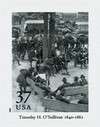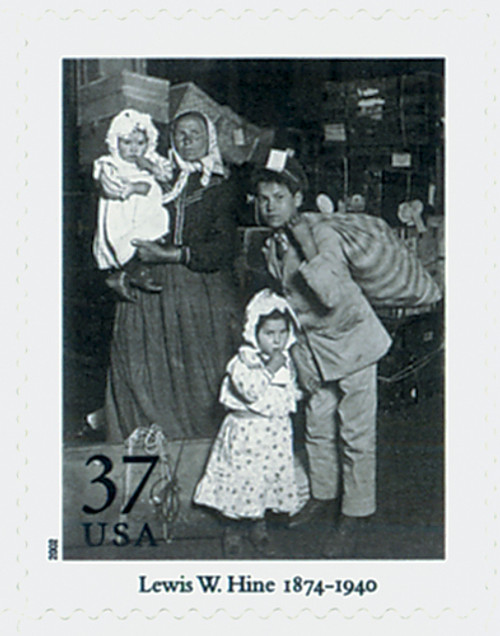
# 3649b - 2002 37c Masters of American Photography: Timothy H. O'Sullivan
37¢ General Ulysses S. Grant and Officers
by Timothy H. O’Sullivan
Masters of American Photography
Quantity: 3,000,000
Printing Method: Photogravure
Color: Multicolored
Death of Timothy O’Sullivan

Timothy H. O’Sullivan died from tuberculosis on January 14, 1882. He was a well-known photographer who captured the brutality of the Civil War and the untamed beauty of the Western United States.
Not much is known about O’Sullivan’s early life. He’s believed to have been born in 1840. He may have been born in Ireland and came to New York City two years later, or his parents emigrated to New York before he was born. As a teenager, O’Sullivan worked as an apprentice in Mathew Brady’s Fulton Street gallery. He then moved to the gallery’s Washington, DC, branch where he worked closely with Alexander Gardner.
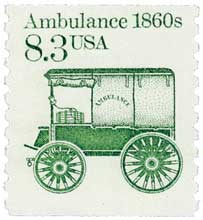
When the Civil War broke out, Gardner was made an honorary captain and staff photographer of George B. McClellan, commander of the Army of the Potomac. O’Sullivan was listed as a first lieutenant (it’s believed his title was honorary as well) and was the superintendent of Gardner’s map and field work. As a civilian photographer for the Topographical Engineers, O’Sullivan’s official job was to copy maps and plans. But as an avid photographer, he also took photos around the battlefield when he wasn’t working. Between November 1861 and April 1862, O’Sullivan and Gardner accompanied forces at Fort Walker, Fort Beauregard, Beaufort, Hilton Head, and Fort Pulaski.

O’Sullivan then followed Major General John Pope’s Northern Virginia Campaign in July 1862. He also had 44 of his photos published in Gardner’s Photographic Sketch Book of the War. O’Sullivan was present at the Battle of Gettysburg in July 1863, where he captured several photographs, including his most famous, “The Harvest of Death.” After Gettysburg, O’Sullivan went on to capture the Siege of Petersburg, the Battles of Fort Fisher, and Robert E. Lee’s surrender at Appomattox Court House.
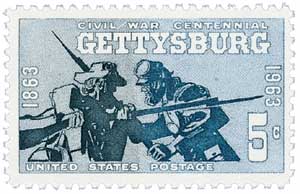
After the war, O’Sullivan was made the official photographer of the US Geological Exploration of the 40th Parallel. He was a pioneer of geophotography (using photography to realistically capture items of geological significance). O’Sullivan’s photos depicted the untamed landscape in a new way that combined science and art – by capturing exact records that were breathtakingly beautiful.
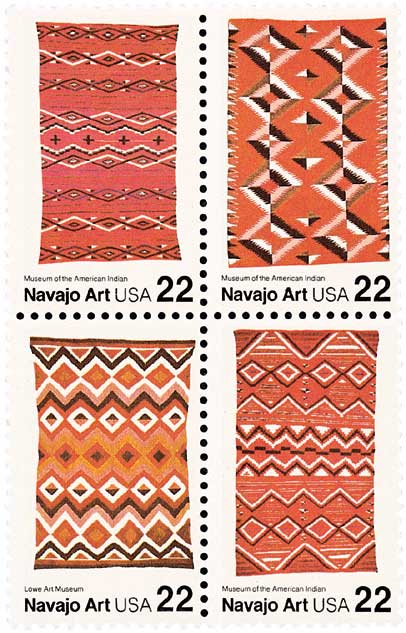
O’Sullivan went to Panama with a survey team exploring a canal across the isthmus in 1870. Then from 1871 to 1874, he went to the southwest with George M. Wheeler’s survey, tasked with photographing the area to promote settlement. O’Sullivan was one of the first to photograph the southwest’s prehistoric ruins, Navajo weavers, and pueblo villages. Unfortunately, one of the expedition’s boats capsized and most of his negatives were lost.
O’Sullivan returned to Washington, DC, and spent his final years as an official photographer for the US Geological Survey and the Treasury Department. He died of tuberculosis on January 14, 1882, in Staten Island.
37¢ General Ulysses S. Grant and Officers
by Timothy H. O’Sullivan
Masters of American Photography
Quantity: 3,000,000
Printing Method: Photogravure
Color: Multicolored
Death of Timothy O’Sullivan

Timothy H. O’Sullivan died from tuberculosis on January 14, 1882. He was a well-known photographer who captured the brutality of the Civil War and the untamed beauty of the Western United States.
Not much is known about O’Sullivan’s early life. He’s believed to have been born in 1840. He may have been born in Ireland and came to New York City two years later, or his parents emigrated to New York before he was born. As a teenager, O’Sullivan worked as an apprentice in Mathew Brady’s Fulton Street gallery. He then moved to the gallery’s Washington, DC, branch where he worked closely with Alexander Gardner.

When the Civil War broke out, Gardner was made an honorary captain and staff photographer of George B. McClellan, commander of the Army of the Potomac. O’Sullivan was listed as a first lieutenant (it’s believed his title was honorary as well) and was the superintendent of Gardner’s map and field work. As a civilian photographer for the Topographical Engineers, O’Sullivan’s official job was to copy maps and plans. But as an avid photographer, he also took photos around the battlefield when he wasn’t working. Between November 1861 and April 1862, O’Sullivan and Gardner accompanied forces at Fort Walker, Fort Beauregard, Beaufort, Hilton Head, and Fort Pulaski.

O’Sullivan then followed Major General John Pope’s Northern Virginia Campaign in July 1862. He also had 44 of his photos published in Gardner’s Photographic Sketch Book of the War. O’Sullivan was present at the Battle of Gettysburg in July 1863, where he captured several photographs, including his most famous, “The Harvest of Death.” After Gettysburg, O’Sullivan went on to capture the Siege of Petersburg, the Battles of Fort Fisher, and Robert E. Lee’s surrender at Appomattox Court House.

After the war, O’Sullivan was made the official photographer of the US Geological Exploration of the 40th Parallel. He was a pioneer of geophotography (using photography to realistically capture items of geological significance). O’Sullivan’s photos depicted the untamed landscape in a new way that combined science and art – by capturing exact records that were breathtakingly beautiful.

O’Sullivan went to Panama with a survey team exploring a canal across the isthmus in 1870. Then from 1871 to 1874, he went to the southwest with George M. Wheeler’s survey, tasked with photographing the area to promote settlement. O’Sullivan was one of the first to photograph the southwest’s prehistoric ruins, Navajo weavers, and pueblo villages. Unfortunately, one of the expedition’s boats capsized and most of his negatives were lost.
O’Sullivan returned to Washington, DC, and spent his final years as an official photographer for the US Geological Survey and the Treasury Department. He died of tuberculosis on January 14, 1882, in Staten Island.






